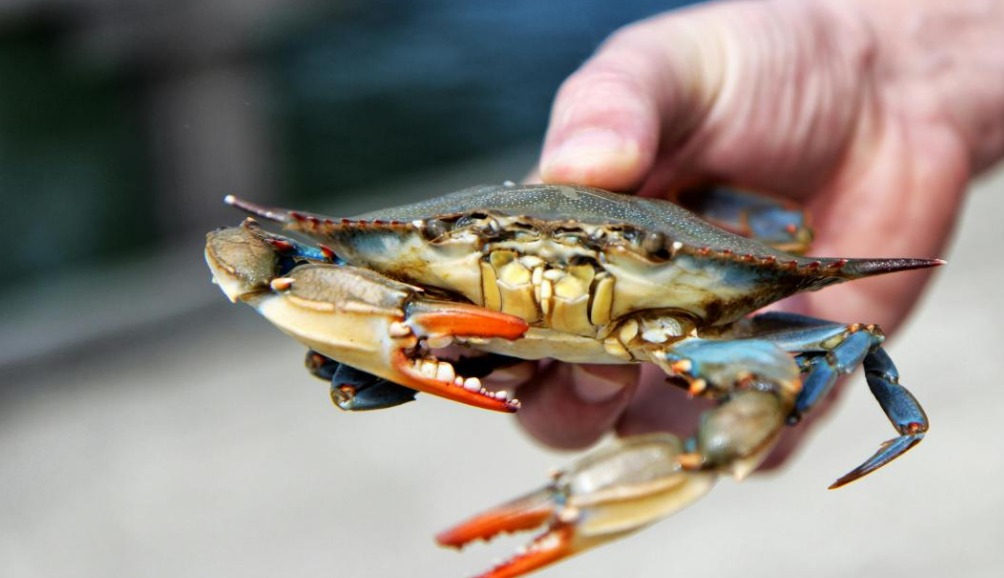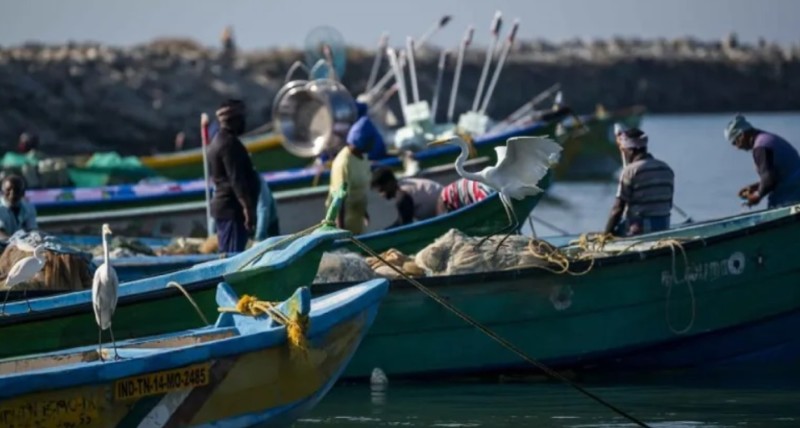Fishermen exclaim that they’ve never seen so many. From the Pyrénées-Orientales, Languedoc, PACA, Corsica, the testimonies of these men living from the sea’s bounty leave no doubt: these blue-clawed crustaceans are multiplying along the French coastline.
« Since 2017, sightings of this species have been increasing, » states the French Office for Biodiversity. This trend is concerning because these crabs attack everything. They destroy fishermen’s nets and damage fish caught in them. « It’s an animal invented by the devil, » exclaims a fisherman from Hérault in an interview with Midi Libre.
An Invasive Invader from the United States
The Attila of the lagoons is listed among invasive alien species (IAS). Its proliferation is also dangerous for biodiversity. It eliminates other species (green crabs, fish, eels) and alters the ecosystem. Especially in the Mediterranean, where the blue crab has no predators, unlike its native environment in North America.
It was first reported in the PACA region in 1960. Several theories have been proposed regarding its appearance in the Mediterranean. Some scientists suggest that American ships dating back to World War II may have brought it, while others theorize that larvae were unintentionally transported through ballast water (water tanks) in merchant ships like container vessels.
Tunisia Turns It into ‘Blue Gold’
How can this ecological challenge be addressed? Fishermen agree on the need for regulation. The most rational solution seems to be consumption, especially since its meat is known to be flavorful. The remaining challenge is getting the animal into the eating habits of the French and Europeans more broadly.
France is not the only country facing this proliferation. Spain, Italy, Albania, and Tunisia, which calls it the « Daech crab, » are experiencing the same phenomenon. In Tunisia, the invasion has turned into a success story: once caught, the crab is sold to industries that export it. Now dubbed « blue gold, » it represents 25% of the country’s exports, generating 15 million euros per year, according to a report by the World Wildlife Fund.
Source: lunion




